Modern Marks of Identity: The Evolution of Personal Heraldry
- vmramshur
- Dec 10, 2024
- 6 min read
Updated: Dec 11, 2024
"Arms and crests are not mere decorations; they are the silent heralds of ancestry and achievement." – John Gough Nichols

Human identity is gloriously multifaceted, shaped by personal experiences, cultural heritage, and affiliations. In the European Middle Ages, society sought to capture this intricacy through heraldry—a highly visual system that functioned as a shorthand for lineage, allegiance, and geography. Heraldic coats of arms, often divided into quadrants filled with symbolic motifs, served as an early form of identity branding. In many ways, they were medieval equivalents of today’s social media profiles: concise, meaningful, and designed to impress.
The tabard, a medieval outer garment, served as heraldry’s most iconic canvas. As my enduring garment of choice, it will take center stage in several upcoming posts and projects (and beyond).
On the battlefield, the tabard identified friend from foe, reducing the likelihood of friendly fire—an early lesson in the importance of clear messaging. The emblems displayed on tabards, such as lions, castles, or eagles, were not chosen for mere aesthetic appeal. They conveyed familial values, achievements, and aspirations. Heraldry, in this sense, was not just visual decoration; it was narrative storytelling rendered in fabric, metal, and ink.
This symbolic system extended beyond the battlefield. Heraldic devices appeared on seals, banners, and official documents, solidifying their role as markers of identity and allegiance in both personal and political realms. For a largely illiterate population, heraldry’s reliance on visual clarity and consistent symbols was not just practical—it was essential.

Heraldic Linguistics
Heraldic linguistics refers to the specialized language of heraldry, the art of designing and interpreting coats of arms. Rooted in Old French, Latin, and Middle English, this is a formal vocabulary—words such as as blazonry—precisely describes heraldic elements such as tinctures (colors, metals, and furs), ordinaries (geometric shapes), and charges (animals or objects). Precision and symbolism are key: for instance, "Azure, a lion rampant Or" specifies a blue shield with a gold lion. Regional traditions and mottos add depth, transforming heraldic language into a bridge between art, history, and identity.
The Role of Color in Heraldry

In heraldry, color, or tincture, was more than aesthetic—it was a deliberate choice imbued with symbolic meaning. Each tincture carried specific associations, as reflected in Western European traditions rooted in Old French:
Gold (Or): Generosity and magnanimity
Silver (Argent): Purity and sincerity
Red (Gules): Strength and courage
Blue (Azure): Loyalty and truth
Green (Vert): Hope, joy, and abundance
Black (Sable): Constancy and solemnity
These meanings elevated heraldry from mere decoration to a moral lexicon. A knight clad in red and gold, for example, symbolized not only bravery but also an aspiration to high ideals—whether reality aligned with the symbolism was another matter entirely.
Interestingly, our relationship with color is as much cultural as visual. Linguistic relativity—the idea that language shapes perception—reveals this complexity. Some cultures distinguish numerous shades of blue, while others lack a distinct term for it. Similarly, red might symbolize passion and love in one context but power and prosperity in another. In heraldry, red’s medieval association with courage resonates broadly, reflecting a universal admiration for boldness. This careful symbolism ensured that even a fleeting glance at a coat of arms communicated a family’s values, aspirations, and status.
From Medieval Shields to Modern Symbols
The medieval coat of arms, once reserved for knights and noble families, has undergone a fascinating evolution. Today, we see heraldic elements repurposed in everything from classroom projects to tattoos, graphic t-shirts, and social media avatars.

A common grammar school assignment often asks students to design a family coat of arms, providing a blank template and asking questions like “What’s your favorite color?” or “Do you have a pet?” in order to guide them toward symbolic self-expression. I vividly recall my son agonizing over whether to represent our family with the image of our cat or his favorite Pokémon character—an existential dilemma for a six-year-old.
This modern take on heraldry blends tradition with personal creativity. While some families proudly preserve ancestral designs, others commission entirely new coats of arms, emphasizing personal meaning over historical accuracy. In this way, the essence of heraldry persists: to articulate identity in a way that is visually compelling and deeply personal.
The Evolution of the Graphic T-Shirt
The graphic t-shirt, a contemporary garment that is modern day medium for personal heraldry traces its history back to the "shirt," a basic garment with historical roots. Originally an undergarment, the t-shirt’s function evolved over centuries to a wardrobe staple seen by all the world. During World War II when soldiers began printing unit logos on their shirts the graphic tee was born. By the 1950s, icons like James Dean popularized t-shirts as symbols of rebellion and individualism. Over time, graphic t-shirts transformed into canvases for political messages, band logos, and personal beliefs.
Much like heraldic tabards, graphic t-shirts today allow wearers to display their identity, values, and affiliations, connecting them to communities or marking distinctions.
Heraldry and National Identity
Heraldry’s reach extends beyond personal insignia, shaping national identity. Flags, coats of arms, and emblems encapsulate history, culture, and values in unified designs.
Croatia’s red-and-white checkerboard reflects resilience and independence.
Venice’s golden lion symbolizes faith and maritime dominance.
Mexico’s eagle devouring a snake evokes the Aztec founding myth.
Through color, iconography, and symbolism, heraldry becomes a narrative bridge connecting past, present, and future.
Designing Your Modern Heraldry
In an era of mass production and homogenized aesthetics, the idea of crafting personal heraldry is both a declaration of individuality and a nod to history. It’s an opportunity to curate symbols that speak to your values, aspirations, and even your quirks The practice of using symbols to define identity has endured for centuries—so why not embrace it in the present day? What would you choose to represent yourself? A lion to signify courage? A coffee cup for your survival instincts? (If medieval knights could emblazon daisies or hedgehogs on their shields, your latte emblem is hardly out of place.)
These symbols aren’t merely decorative; they were intentional, offering insight into the wearer’s values and aspirations.

Of course, heraldry wasn’t all solemnity and grandeur. Medieval designs often reflected a surprising sense of humor and practicality. Knights sometimes adorned their arms with whimsical or downright peculiar motifs: ducks, chess pieces, and even kitchen utensils. It turns out that self-expression through symbolism has always had room for levity. So, if your modern crest features a Wi-Fi signal or a sourdough loaf, you’re in good company.
Symbols, whether medieval or modern, wield a remarkable power. A lion still roars with bravery, while a coffee cup communicates dedication, late nights, and the sacred ritual of caffeine. By curating your own heraldry, you’re participating in a centuries-old tradition of storytelling, using visual elements to represent not just who you are, but who you aspire to be.
But here’s the thing: symbols still hold power. A roaring lion speaks of bravery just as strongly today as it did centuries ago. A coffee cup on a shield might seem playful, but it also tells a story of late nights, determination, and the small rituals that keep us going. Heraldry, whether medieval or modern, reflects what matters most to us—and has the power to inspire, comfort, and even connect us to others.

So, what’s on your tabard?
-Val
Image References
Getty Museum Manuscript Collection
Manuscript illustration showcasing heraldic designs. Courtesy of the Getty Museum.
[Neu76] Ottfried Neubecker
Heraldry: Sources, Symbols and Meaning. McGraw-Hill Book Co., Maidenhead, 1976.Image from https://threegoldbees.com/collegia-notes/heraldic-tabards/
Marshalling on a 15th-Century Tabard
Extant tabard of Stadsmuseum Gent, wapenrok van een heraut uit de 17e eeuw, met de wapens van Filips II, Burgundian origin, displaying heraldic marshalling. Image from https://threegoldbees.com/collegia-notes/heraldic-tabards/
Tincture Table of Heraldic Colors
Historical chart depicting heraldic tinctures and their symbolic meanings. Image from https://www.lfhhschorleybranch.com/heraldry.html
Shield Crest Template
Template for shield crests, created by the author.
Bohemian Blazons Historical Chart
Historical chart of Bohemian heraldic blazons. Image from https://www.dreamstime.com/stock-image-bohemian-historical-blazons-czechs-coat-arms-vector-illustration-czech-image40712081
Flags of the World
Historical and contemporary maps illustrating heraldic influences. Image from
James Dean in Rebel Without a Cause
Iconic image of James Dean in the film Rebel Without a Cause.
Mick Jagger
Image of Mick Jagger, a modern icon reimagined through heraldic symbolism.
T-shirt Vendor, Ho Chi Minh City, Vietnam
Street vendor displaying locally designed T-shirts. Image from Flickr
Heraldic Symbols Reimagined
Instant Pot, cat, and redwood tree symbols, created by the author in collaboration with an AI program.
My Modern Herald Digital Collage
A digital collage based on•Herald of Nassau-Vianden from the late fifteenth century. reimagined by the author, created in collaboration with an AI program.



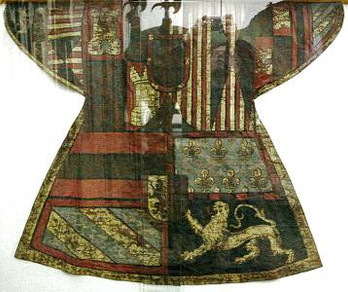

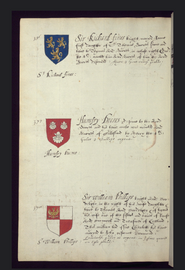










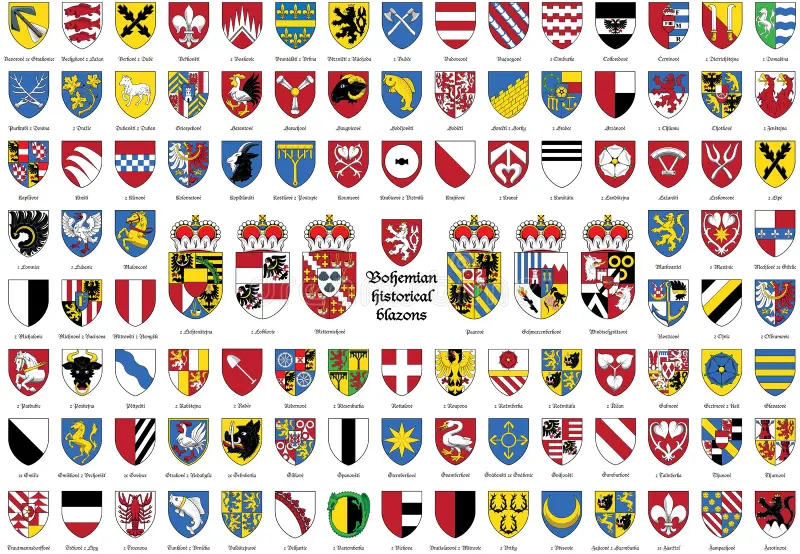

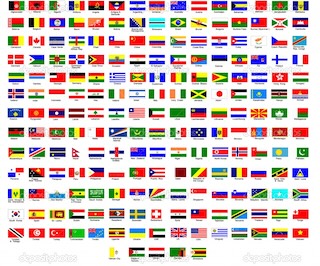
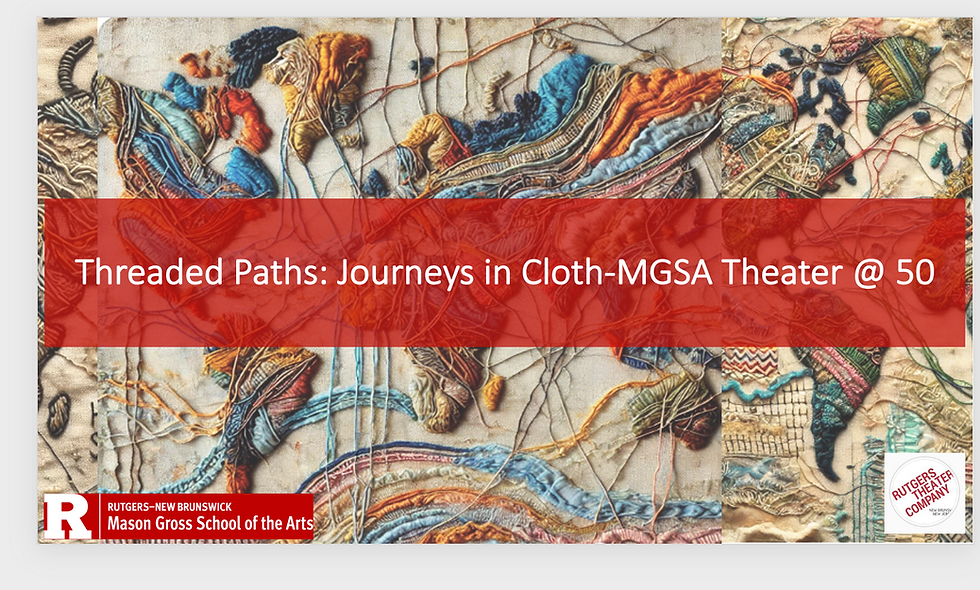


Comments